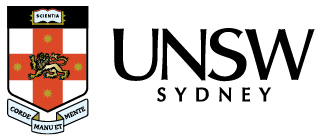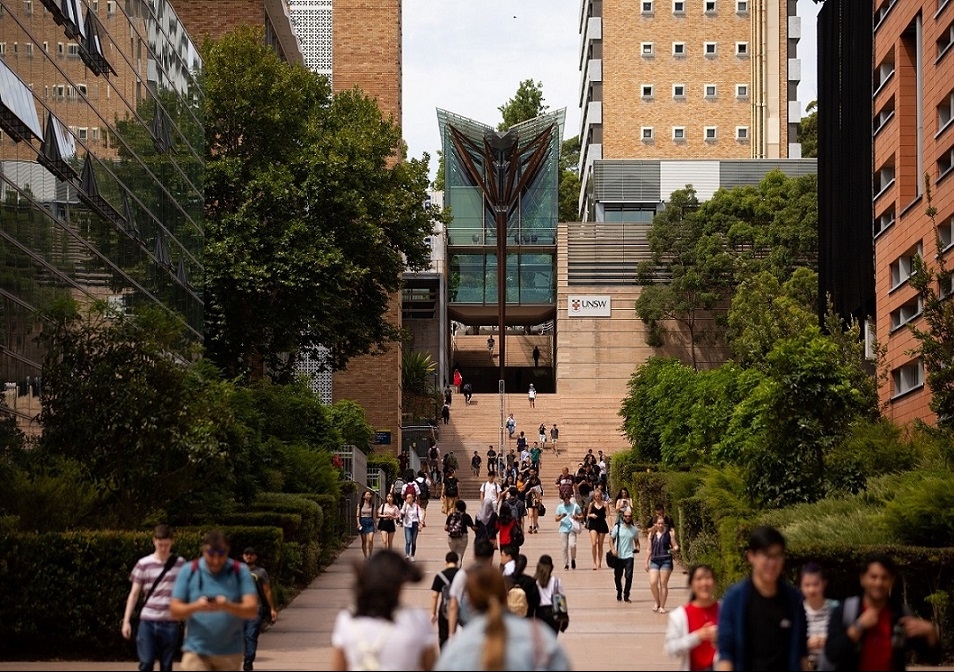ARTU 2024
The 2024 ARTU rankings are now available, analysing 2,533 universities across 124 countries using data from the THE, QS, and ARWU rankings. The ARTU ranking remains stable for most institutions and countries, with its methodology smoothing fluctuations within individual ranking systems. The Top 200 continues to be dominated by the United States (50 universities), followed by the United Kingdom (25), China (18), Germany (15), and Australia (14). Hong Kong leads the ARTU Top 200 when adjusted for GDP and has now surpassed Switzerland in the per capita ranking for the first time. Australia remains #1 globally when the rankings are adjusted for R&D investment. ARTU’s aggregated, ordinal methodology ensures consistent, reliable comparisons year-on-year, providing valuable insights into the evolving global higher education landscape. Explore the full analysis and see how institutions and countries are shaping the future of academia.
ARTU 2023
This year marks the 5th edition of ARTU with refreshed analysis based on 2391 different universities from 118 countries ranked this year in THE, QS, and ARWU. All three ranking agencies implemented significant methodological changes in 2023 that have caused volatility in performance and effectively established a new baseline within each major world university ranking. However, this disruption has reinforced the strength of ARTU’s aggregate and ordinal approach, as the methodology smooths movement within individual ranking systems to enable year-on-year comparisons. This unique feature of ARTU continues to allow users to compare universities with stark performance differences in individual ranking systems, such as Paris-Saclay ranked ARTU 41st (ARWU 15th, QS 71st, THE 58th) with McGill University ranked 42nd (ARWU 70th, QS 30th, THE 49th), and resulted in a stable ARTU Top 200 country leaderboard for 2023 with 51 universities ranked from the US, while Switzerland, Hong Kong and Australia are ranked 1st when adjusted for population, GDP and R&D expenditure respectively. For full details of this analysis visit the Country Analysis tab.
We invite you to explore the analysis published on this website: whether you’re a prospective student/parent seeking knowledge of the top comprehensive universities or an interested party in the progress and development of higher education institutions by country across the world. R&D expenditure respectively. For full details of this analysis visit the Country Analysis tab.
ARTU 2022
The 2022 ARTU update is now available based on the analysis of 2229 different universities from 115 countries ranked this year in THE, QS and ARWU. New features of this latest edition include Gross Domestic Product (GDP) and Research & Development (R&D) expenditure as modifiers to determine country level performance and return on investment. This analysis shows that Switzerland is still leading the world in the most Top 200 ARTU universities per capita but Hong Kong and Australia come out on top when adjusted by GDP and R&D expenditure respectively. For full details of ARTU visit the Country Analysis tab.
ARTU 2021
We have now analysed the premier rankings of over two thousand universities to bring you the 2021 update, along with a decade’s data by university, country, region, population etc. Our graphable, comparative, and serial display menus allow ready analysis of who’s who among the mover and shaker institutions and nations.
Now in its third year, the ARTU aggregate ranking is uniquely the real deal in global university performance. Based on the top three ranking systems, an ARTU rank of x means exactly what it says; xth in the world i.e. that there are only x-1 universities with a higher aggregate rank.
ARTU 2020
This updates ARTU for rankings released in 2020. We have extended its coverage to the top 400 universities and added several features:
- • A semi-pyramidal overview to illustrate the relationship between aggregate rank and cumulative component scores
- • Country and regional submenus and graphics
- • A population adjusted comparison of the number of ARTU top 200 universities per country/region
- • A 2012-2020 time series of absolute and relative number of top 200 universities by country/region.
ARTU 2019 launch
Aggregate not average ranking of top universities
Like them or not, university rankings are here to stay. Trumpeted in both the higher-ed and broader media, they are the only regularly updated system for comparing institutions globally. For the sector, rankings are among the pivotal inputs of our time – powerful indicators of prestige and consequently key to attracting students and recruiting/retaining academic talent.
Essentially, global rankings cumulate readily quantifiable metrics such as citations and publications, more challenging qualitative indices such as reputation, and the trickier surrogates of teaching quality, variably smoothed for institutional size. Despite differing strengths and emphasis, pan-university rankings have a high degree of consistency both individually and at the top end.
Understandably universities cherry pick from among the myriad scoring systems available - now numbering well over ten. But three stand out as dominant influencers globally – the Times Higher Education (THE), the Academic Ranking of World Universities (ARWU), and the Quacquarelli Symonds (QS). We have combined these three rankings to produce the Aggregate Ranking of Top Universities (ARTU).
Meta-ranking offers an easily digestible if not simplistic ordering. Yet the only publicly available attempts at this to date are bedevilled on two counts. Firstly, neither are contemporaneous, being last updated in 20141 and 2017. But more importantly, they are flawed mathematically - both use the arithmetic average of THE, ARWU and QS in ranking the world’s top 200-500 universities.
Averaging data to generate an overall aggregate ranking would be accurate if each ranking system included the same universities and the average score followed a normal (parametric) distribution. In reality the rankings include different numbers of universities and average values do not follow a normal distribution. The consequence is that when the rankings are averaged, all but three universities in the top 200 have a worse average than their aggregate rank. For example at the top end, the leading university, Stanford has an average of 2 and 2/3 not 1, whilst lower down, the university with an aggregate rank of 200 has an average of 236.
So the data are best treated with a non-parametric approach, through ordinal ranking. Simply put, this means ordering universities by their aggregate score (=THE+ARWU+QS). This provides a more realistic reflection of a university’s overall position relative to its peers. Using the most recent releases of the three rankings, those with an “average” around 50, rank around 40th on aggregate, those averaging around 100 rank around 85th, 150th up to 130th etc. We first came across this because our own university UNSW Sydney, averaged 69th, yet only 54 universities have a better average or aggregate ranking.
We now make this publicly available as the Aggregate Ranking of Top Universities. The ARTU website orders the top 200 universities listed in all three rankings, and gives data for each of the last eight years.
This allows trend analysis, and some interesting observations. Looking at changes in aggregate rank over the period 2014-2019, there has been strikingly little change among the top 20 universities, with none shifting more than 6 places. This could reflect the resources available to high end universities and/or a self-reinforcing effect of a high ranking in reputation surveys in retaining/attracting outstanding staff.
The degree of change increased in the 20-50th group with shifts of more than 6 places in nine of the 30, but only one shifting more than 15 slots. In contrast universities ranked 51 to 100th had much bigger shifts, with 14 falling and 7 rising by more than 15. Overall the analysis reveals just how hard it is to enter the top 50 global universities and that it is unusual to move from there to the top 20.
Five universities rose more than 20 places within the top 100: Tsinghua University (54th to 23rd), Peking University (66th to 28th); Nanyang Technical University (83rd to 36th); Monash University (76th to 54th); and UNSW Sydney (79th to 55th). Notable rises from outside to within the top 100 ARTU universities between 2014-19 were: Shanghai Jiao Tong University (165th to 85th); University of Science and Technology China (161st to 80th); Fudan University (133rd to 71st); and Zhejiang University (187th to 62nd).
Further analysis will be undertaken to explore the reasons that these nine universities were able to achieve big rises in rankings in a 5 year period. One initial observation is that they were all able to mobilise substantial funds for strategic investment either from public funds or other sources.
ARTU will be updated as the rankings report annually but don’t expect to see much change in the top 20!

